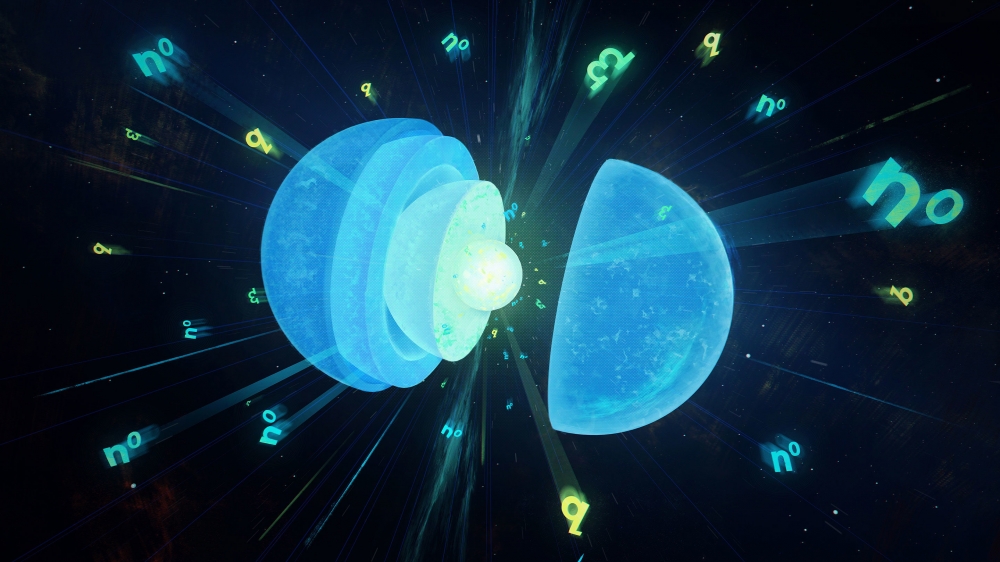Squishy or Solid? A Neutron Star’s Insides Open to Debate

The core of a neutron star is such an extreme environment that physicists can’t agree on what happens inside. But a new space-based experiment — and a few more colliding neutron stars — should reveal whether neutrons themselves break down.
Joshua Sokol - Contributing Writer - October 30, 2017
The alerts started in the early morning of Aug. 17. Gravitational waves produced by the wreck of two neutron stars — dense cores of dead stars — had washed over Earth. The thousand-plus physicists of the Advanced Laser Interferometer Gravitational-Wave Observatory (LIGO) rushed to decode the space-time vibrations that rolled across the detectors like a drawn-out peal of thunder. Thousands of astronomers scrambled to witness the afterglow. But officially, all this activity was kept secret. The data had to be collected and analyzed, the papers written. The outside world wouldn’t know for two more months.
The strict ban put Jocelyn Read and Katerina Chatziioannou, two members of the LIGO collaboration, in a bit of an awkward situation. In the afternoon on the 17th, the two were scheduled to lead a panel at a conference dedicated to the question of what happens under the almost unfathomable conditions in a neutron star’s interior. Their panel’s topic? What a neutron-star merger would look like. “We sort of went off at the coffee break and sat around just staring at each other,” said Read, a professor at California State University, Fullerton. “OK, how are we going to do this?”
See full text